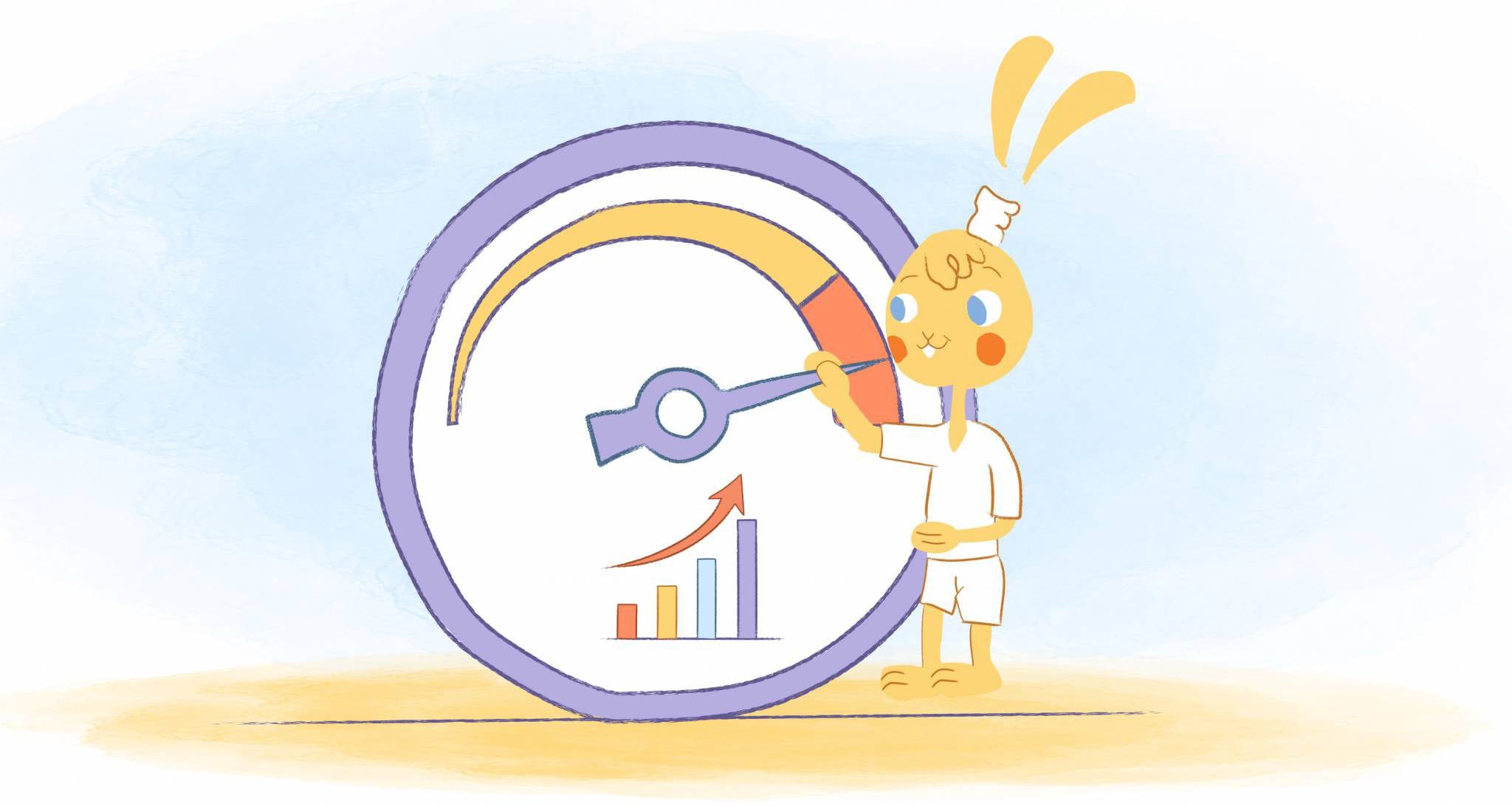

It’s never too early to start planning for retirement! In fact, it’s encouraged to begin planning for the day you retire as early as possible. The sooner you begin planning for retirement, the more contributions you can make to ultimately live out your dream.
It’s also ok to realize that it’s not too late to start making retirement plans. If you don’t know where to start, let’s work through some of the basic steps you should take to begin creating your retirement plan and turning it into a reality:
Start to Visualize
Picture in your mind the ideal retirement scenario. Do you find yourself in a house on the beach or a cabin in the mountains? Do you go golfing every week, or is your time spent woodworking in the shop? Ironing out these details allows you to create goals to work for and implement into your retirement plan.
Make sure you write down your retirement goals somewhere. You can refer to these goals over the years and adjust them as needs and interests change. You might have to change your overall retirement plan to match your new trajectory. Regardless of how often you change your mind, you’ll always have a set plan to work toward.
Your goals and aspirations will need dollar signs attached to them. How much money will you need each month to live out your dreams? An estimation of your cost of living will give you a tangible target goal for your retirement fund.
Set Money Aside
Retirement isn’t cheap. It takes quite a bit of money set aside to live the life you want without earning a steady paycheck. Fortunately, if you start setting money aside now, you should be able to retire comfortably by the time you’re in your 60’s.
Between paying bills and shopping on Amazon, people tend to forget to make contributions to a retirement or savings account. Your Calendar can help with that. Set a monthly reminder to move some money into one of these accounts.
The day you set aside money doesn’t matter as much as making sure you have committed to the process. Your day could be the day you receive your paycheck so that you always make that contribution before spending it on something else.
Be sure to note that retirement accounts such as a 401k have limits to which you can contribute each year. But for most of us — we don’t have $58,000 to drop in our 401s — so just make sure you contribute to your fund.
Be sure to get a tax person to look at your info. Even the Forbes article says $57,000 ($63,500 for those 50 and older) after it tells about the limit being $19,500 — plus another catch-up of $6K.
Nonetheless — getting as close to that savings maximum limit as possible gives your account a greater ability to accrue interest over time, so it’s a good goal to reach if you’re living within your means.
Take Advantage of Company Plans
Most companies offer retirement benefits to their full-time employees. If you qualify for such a plan, take advantage of it while you can. With the help of your employer, you can significantly expand your saving and investing potential over the years.
The benefits you’ll typically get are employer contributions to your retirement account, usually in the form of a 401k. The contributions made by your employer stack on top of the contributions you make on your own up to a certain percentage. You set aside much more money, which generates a more significant return as interest piles up over the years.
Choosing retirement benefits may even impact where you decide to work in the future. A typical employer contribution is 50 cents on the dollar up to 6% of your income. Don’t worry; they’ll do the math for you, but this is a good benchmark for deciding which retirement benefits package you lean toward the most.
Get a Grip on Your Time
You only have so long to prepare for retirement, so there’s no time to waste. However, by improving your time management, you can do more to work toward retirement before it’s too late.
For instance, using an online calendar can help you plan out your days better to get more done in the same eight-hour shift. Getting more done can lead to entrepreneurial advances, promotions, or other career jumps that augment your income. Proper time management can also open doors for side hustles and other forms of income to be added to a retirement fund.
Be sure to remember that you should enjoy life leading up to retirement as well. Time management with your Calendar allows you to get your work done while spending quality time with family, pursuing hobbies, and getting proper rest. These aspects of life are just as important now as they will be when you ultimately retire.
Find Alternate Sources of Income
Speaking of additional income, this is a great time to address the need for more than one source of monthly stipend. The reality is that many Americans don’t make a great deal of money from a single paycheck to pay their expenses, keep up a healthy savings balance, and save enough for retirement. Many have found success by generating additional income through a variety of means.
Investing is one way retirement dreams have become a reality for many Americans. Unlike a 401k or IRA account, investment portfolios don’t have a contribution limit. You can invest as much money as you’d like and withdraw it at all. Make smart, calculated investing decisions on stocks and bonds, and you can watch your money grow from year to year.
Starting your own business is another excellent way to increase your income. You can do some freelance work on the side using one of your skills or look at getting into real estate and collecting rent on a couple of properties. Each option has risks and labor involved, so choose wisely the paths you wish to take.
If you want retirement to be everything you hoped it would be, start preparing now. Draft out some preliminary plans in your Calendar and begin taking steps forward, and by the time you wish to retire, you will have the resources to do so.
Image Credit: Mikhail Danilov; Pexels; Thank you!











Hunter Meine
Hunter Meine is a BYU-Idaho graduate, husband, father, and writer. When he's not writing, he's playing sports or enjoying the outdoors with his wife and daughter.